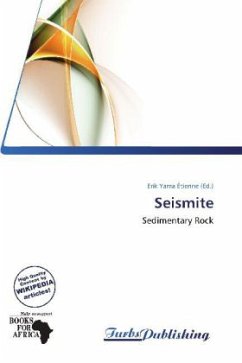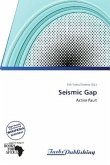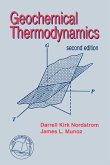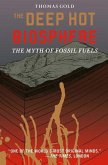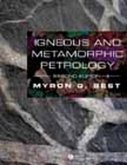Seismites are sedimentary beds disturbed by seismic shaking. The German paleontologist Adolf Seilacher first used the term in 1969 to describe a variety of post-depositional effects of seismic shocks on unconsolidated sediments. Today, the term describes both sedimentary beds deformed by seismic shaking and associated soft sediment deformation structures formed by shaking that may or may not remain confined to a stratigraphic layer (i.e., clastic dikes or sand volcanos). Several informal classification systems have been developed to distinguish seismites from soft sediment deformation features formed by non-seismic processes, though a formal, standardized system has not. Geologists use seismites to better understand the earthquake history of an area.
Bitte wählen Sie Ihr Anliegen aus.
Rechnungen
Retourenschein anfordern
Bestellstatus
Storno

